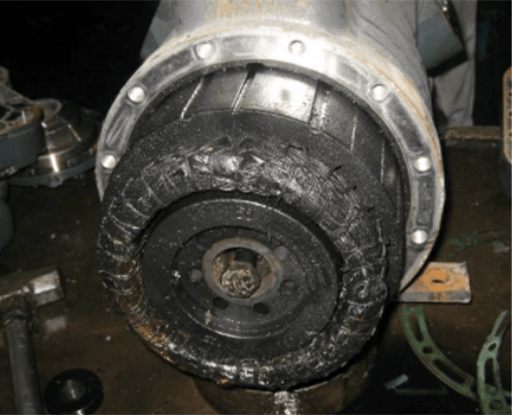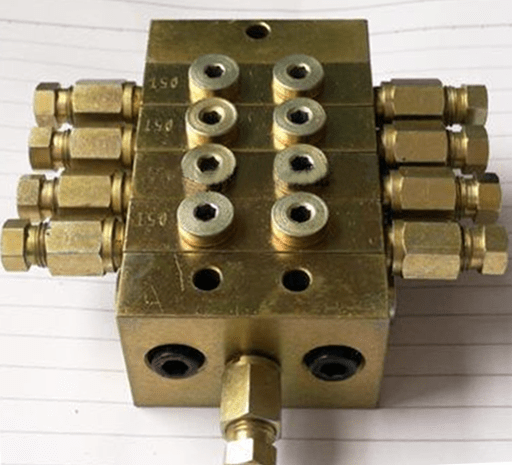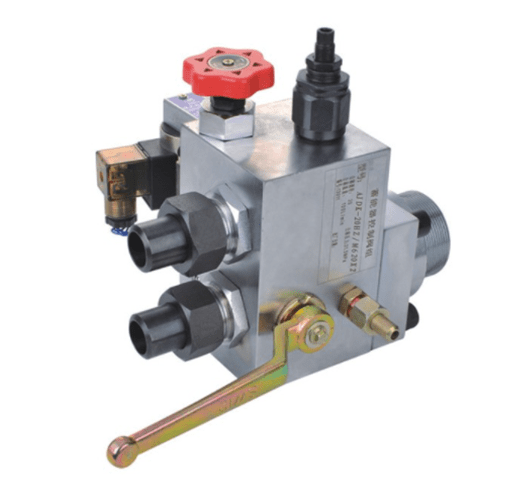
Figure 1: A compressor is used in the refrigeration system.
Why are refrigeration compressors used in small and medium-sized refrigeration systems?
The compressor is the core equipment in the refrigeration system, which is usually called the main engine. At present, piston refrigeration compressors are mostly used in small and medium-sized refrigeration systems, which are usually divided into ammonia and fluorine refrigeration compressors due to the difference in the cooling medium. This article mainly introduces the common faults and treatment methods of piston ammonia refrigeration compressors.
Abnormal Start of Refrigeration Compressor
You should check whether the supply voltage is too low or the motor wiring is not properly connected. If the grid voltage is too low, you can wait until the grid voltage returns to normal and then you start the compressor again. If the wiring is in bad contact, you should test the wiring connection to the motor and repair it.
You should check whether the exhaust valve plate leaks. If the pressure in the crankcase is too high because the exhaust valve disc is damaged or the seal is not tight, you can replace the exhaust valve disc and the sealing.
You should examine if the energy regulation mechanism does not work. You mainly inspect whether the oil supply pipeline is blocked, whether the pressure is too low, whether the oil piston is stuck.
You should check the temperature controller for damage or maladjustment.
You should overhaul the pressure relay and reset the pressure parameters.
Foam in the Crankcase
There is a liquid strike in the crankcase, mainly caused by the following two aspects.
First, there is a lot of ammonia liquid mixed in the lubricating oil. When the pressure is reduced, the ammonia liquid will evaporate and produce a lot of foam. In this regard, you should evacuate the ammonia solution in the crankcase.
Second, there is excessive lubricating oil added to the crankcase, and connecting rod’s big head stirs the oil causing a lot of foam. In this regard, you should release some lubricating oil out of the crankcase, so that the oil level can reach the specified oil surface line.

Figure 2: There are foam in the crankcase.
Pressure Rising in the Crankcase
The piston ring seal is not strict, resulting in the high-pressure gas flowing to the low-pressure gas. You should replace a new piston seal ring.
The exhaust valve plate is not closed completely, resulting in increased pressure in the crankcase. You should check the sealing performance of the exhaust valve plate seat. If the sealing is not strict, you should replace the new valve plate in time.
The sealing of the cylinder liner and the frame is poor. You should remove the cylinder liner, clean and seal the joint, and reassemble it.
There is excessive ammonia liquid entering into the crankcase, and the evaporation leads to pressure rise. You should evacuate the extra ammonia liquid.
Energy Regulation Mechanism Failure
Check whether the oil pressure is too low or the oil pipe is blocked. If the oil pressure is too low, you should increase the oil pressure. If the oil pipe is blocked, you should clean and dredge it.
Inspect if the oil piston is stuck. You should remove the oil piston to clean and replace the dirty oil. And then reassemble it correctly.
Examine whether the pull rod and rotating ring are installed correctly. You should repair it to the situation that the rotating ring can rotate flexibly.
Check whether the oil distribution valve is improperly assembled. You adopt the ventilation method to examine whether the working position is appropriate, and re-adjust the oil distribution valve.

Figure 3: The oil distribution valve.
Excessive Heat Waste in the Return Gas
Detect whether the ammonia liquid in the evaporator is insufficient or the opening degree of the liquid supply valve is too small. If the system lacks ammonia, you should replenish it as soon as possible. If the liquid supply valve is adjusted improperly, you should open the liquid supply valve to an appropriate degree.
Examine whether the insulation layer of the return gas pipeline is bad or affected by damp. The insulation should be thoroughly checked and replaced with a new one.
Inspect whether the suction valve leaks or fails. If the leakage is not severe, you can grind the valve plate to make it no longer leak. If it is broken, you should replace the suction valve directly.
No Oil Pressure
Check whether there is oil leakage at the connection of the oil pump pipeline system or there is oil leakage.
Inspect whether the oil pressure regulating valve is opened too large or the valve core falls off. If the oil pressure regulating valve is not adjusted properly, you should adjust the oil pressure regulating valve and the oil pressure to the required value. If the valve core falls off, it is necessary to reinstall the valve core and tighten it.
If the oil in the crankcase is less or there is ammonia liquid, it will cause the oil pump to fail to enter the oil. If the oil is insufficient, you should add it. If there is ammonia liquid, you should stop the compressor in time and eliminate the ammonia liquid.
There is serious wear of the oil pump. The clearance is too large, causing the oil pressure to fail to come up. In this case, the oil pump should be repaired and replaced directly when it is serious.
Check whether the connecting rod bearing bush, main shaft bush, connecting rod small head bush and piston pin have been severely worn. At this time to replace the relevant parts in time.
The gasket of the back end cover of the crankcase is misplaced, blocking the oil inlet channel of the oil pump. You should disassemble and check it, and fix the position of the gasket again.
Suction Pressure Lower than the Normal Evaporation Pressure

Figure 4: The liquid supply valve.
The liquid supply valve is opened too small, leading to insufficient liquid supply, and evaporation pressure dropping. For this, you should open the liquid supply valve to an appropriate degree.
The valve in the suction line is not fully open or the valve core falls off.
There is a lack of liquid ammonia in the system. Even if the pressure valve is opened enough, the evaporation pressure is still low. At this point, you should add an appropriate amount of liquid ammonia according to the actual situation.
Reasons of Using Compressor in Refrigeration System
The evaporator is filled of the low-temperature and low-pressure liquid, which is gasified into high-temperature and low-pressure gas, absorbing heat. As a result, it goes from low temperature to high temperature, and the low-pressure liquid vaporizes more easily.
There is the high-temperature and high-pressure gas in the condenser, liquefied into medium-temperature and high-pressure liquid, releasing heat. So high-temperature gas eventually becomes medium-temperature liquid. And the high-pressure gas is easier to liquefied.
If it is high-temperature and low-pressure gas, it is not easy to liquefy, due to the low pressure. So if you change it with the pump, the efficiency will be greatly reduced, and the gas doesn't liquefy, failing to release heat, which can't turn into liquid. Simply, the role of the compressor is to increase the pressure of the gas in preparation for liquefaction in the condenser.
The expansion valve is one of the throttling devices whose role is to throttle the saturated liquid (or supercooled liquid) under the condensing pressure in the condenser or the liquid storage device to the evaporation pressure and temperature, and adjust the flow of refrigerant into the evaporator according to the change of load.
In general, the higher the overheat set by the thermal expansion valve, the lower the heat absorption capacity of the evaporator. This is because the increase of overheat will occupy a considerable part of the heat transfer surface at the end of the evaporator, so that the saturated vapor can be overheating. And this will occupy a part of the heat transfer area of the evaporator, so that the area of the refrigerant vaporization and heat absorption is relatively reduced.
As a result, the surface of the evaporator is underutilized. However, if the overheat is too low, the refrigerant liquid may be brought into the compressor, resulting in the liquid strike. Therefore, you should make sure that the overheat of the expansion valve is properly regulated to make enough refrigerant to enter the evaporator and to prevent liquid refrigerant from entering the compressor.
When the resistance of refrigerant through the evaporator is low, you are best to use an internally balanced thermal expansion valve. On the contrary, when the evaporator resistance is larger, generally more than 0.03MPa, you should use the external balance thermal expansion valve.
Related Info
7 Reasons Why an Air Compressor is Overheating - Causes & SolutionsPiston Compressor Basics - Structure, Working Principle, Advantages and Disadvantages


